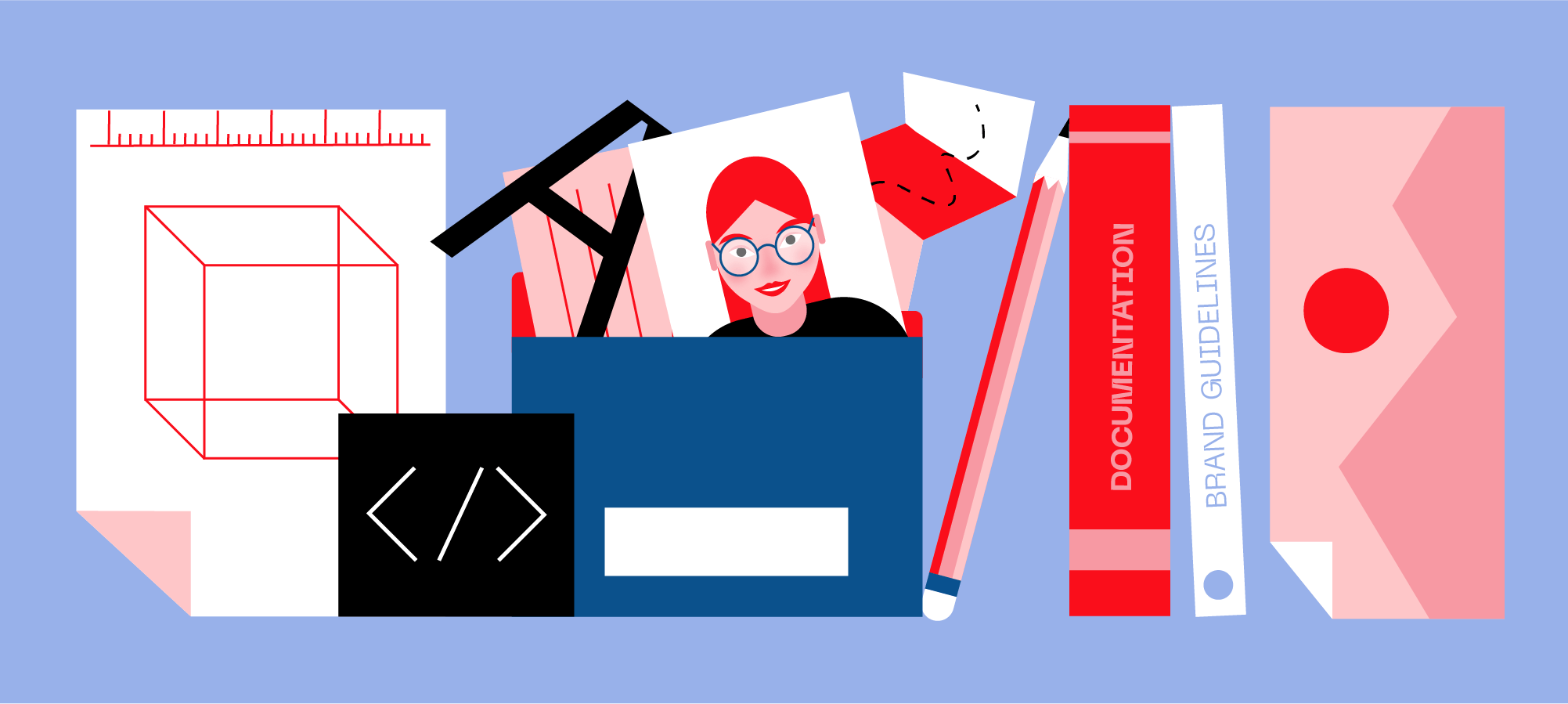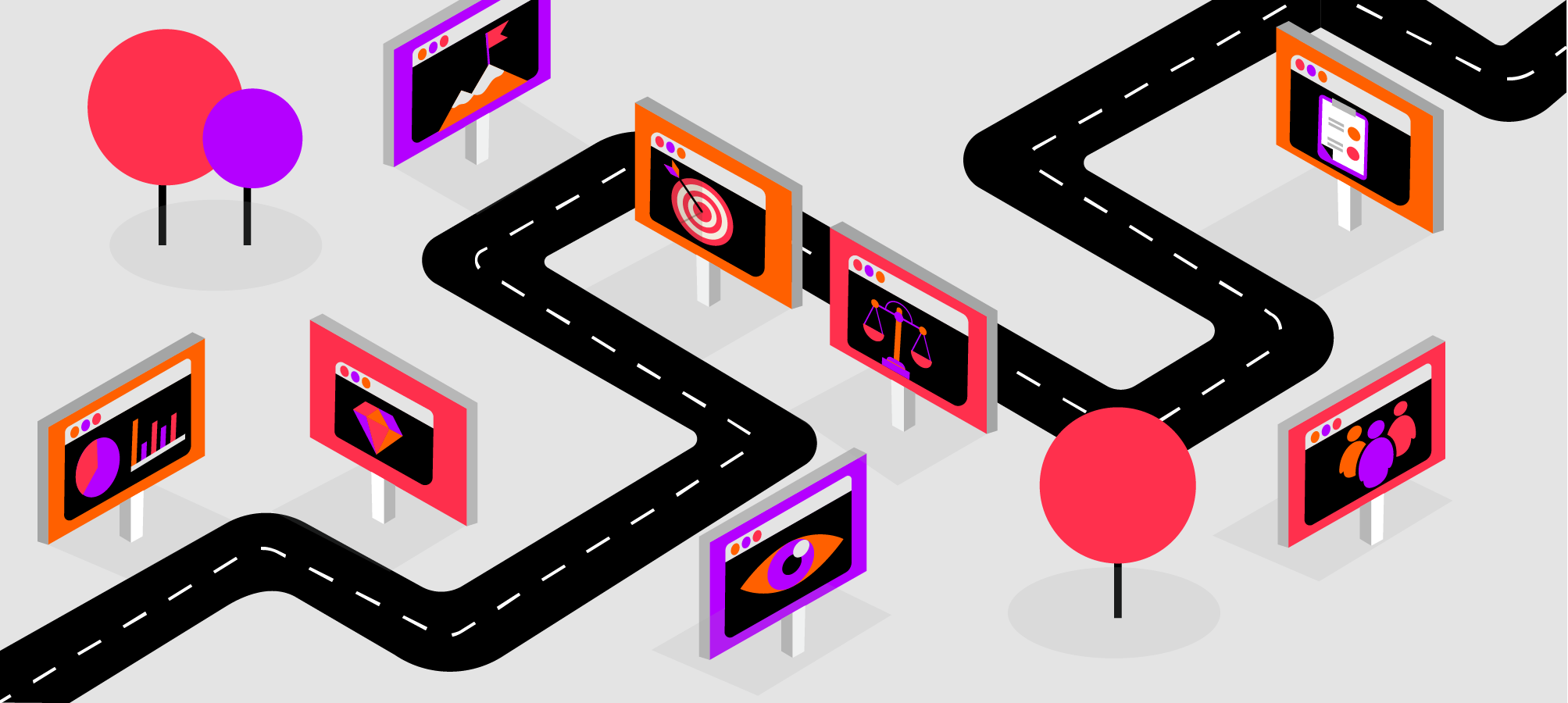Essential Tips for Creating Great UX Documentation

Most designers are not thrilled about this, but documentation is a huge part of the UX design process. It serves an important goal of moving the design forward from one phase to another.
UX documentation has to be actionable and provide practical guidance not just for the design team, but for everyone else involved in the development of the product. To achieve this, UX designers need to document their projects from start to finish i.e. from the research phase all the way to product deployment.
So why is documentation so important?
- It helps you keep a single source of truth for your projects. When every step of the design process is properly documented, there’s no room for misinformation to creep in and cause bad decisions.
- It helps your team collaborate more effectively. Designing and building successful digital products is a cross-functional effort. Good documentation creates bridges between different stakeholders on the project by presenting the design process and reasoning behind decisions in an illustrative way.
- It provides design ideas and guidance for future projects. You use your UX documentation to inform decisions for future projects. It is your best source of information on what was done right so you can replicate that, helping you improve your design process in the long run.
How do I know my UX documentation is any good?
A great design has to be complemented by equally good documentation. This doesn’t mean documents only need to look nice, they also need to be usable and make the information easy to find, consume, and understand.
It also means that UX documents have to be useful to the intended audience, supporting the decision-making and clearly contributing to the overall goal of the project.
Oftentimes, designers don’t think about practical things that make their documentation accessible to everyone on the team. It’s all about using the right online tools that allow all team members, from design and development to marketing, to access and contribute to the documentation when needed.
What should the documentation include?
There are no universal rules for what constitutes UX documentation as this will almost always depend on the type of project and organization within the project team.
However, there are some general guidelines that you can follow to create good documents for every stage of the design process. Let’s take a look at what they are.
Brief
Briefs are not reserved only for design agencies. Even if you don’t have a client and you’re working on an internal project for your company, you still have team members and other stakeholders that you need to communicate the project’s goals, objectives, and vision to.
Design briefs are also a great tool for capturing all you need to accomplish in a project, including things like deliverables, budget and schedule.
User Personas
In the initial, research phase of the design process you’ll define user personas for the product. These personas will be informed by user research (e.g. interviews, surveys, etc.) and will help you understand users’ characteristics, motivations, needs, requirements, and more.
These insights ensure that you’re making design decisions based on the data from people who will actually use the product rather than the opinions of people building it.
Experience Maps
After you’ve developed your user personas, you’ll need to map out how they might use your product. Experience maps are a good way to encourage empathy with users by understanding how they interact with the product. You’ll have a better understanding of their actions, expectations, uncertainties, and hesitations so that you can create and support seamless user experiences.
Check out this great article on experience mapping for UX design.
Sketches
Sketches are the fundamental part of the design process and probably the most common documentation you’ll create. They’re very useful for visualizing ideas and showcasing concepts and early designs. Sketches are fast to create, they give team members something to bounce off, and are easy to iterate.
Wireframes
Wireframes are the backbone of your product. They show the basic structure and hierarchy of key UI elements and, depending on the level of fidelity, can be gray-scale or convey some of the design aesthetics. With the first low-fi wireframe you can test the design with users and get the feedback you need to iterate. As part of UX documentation, wireframes can also serve as a reference point for functional specifications.
Mockups and prototypes
Mockups reflect the design in a more realistic way, showcasing the color scheme, layout, typography, iconography, and the overall visual feel of the product. They are great for gathering feedback and form an important part of the design documentation.
Since they look and feel like the finished product, their primary use is to get the design and interactions tested with real users before getting into development.
Usability testing reports
Usability reports are the documents that communicate the process and the results of usability testing. They may include anything from onsite interview scripts to user tasks and final results and statistics. By creating a standardized form of these documents, you’ll help streamline the usability testing process and keep everyone on the same page.
Specifications
UX design specifications communicate UI design details such as color schemes, styles and measurements, as well as user flows and functionality to developers. They use this documentation to build the digital product based on the designer’s specs.
Style guides
These docs serve as a guide throughout the development process to maintain the visual design standards and will often cover detail design patterns and correct usage, including guidelines related to hierarchy, alignment, etc.
Takeaways
Documentation should come as a result of best practices that you and your team employ during the UX design process. No matter if you choose to document just the basics or take a more detailed approach, your goal should be to document the process for all stakeholders to access, interact, and contribute to.


